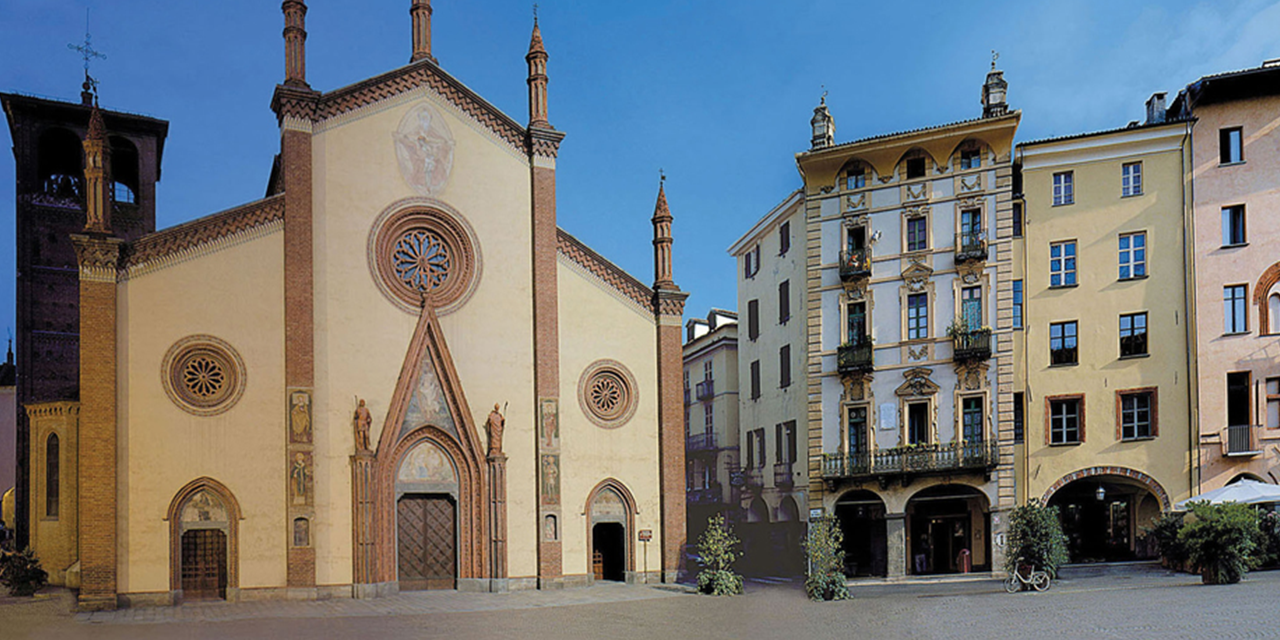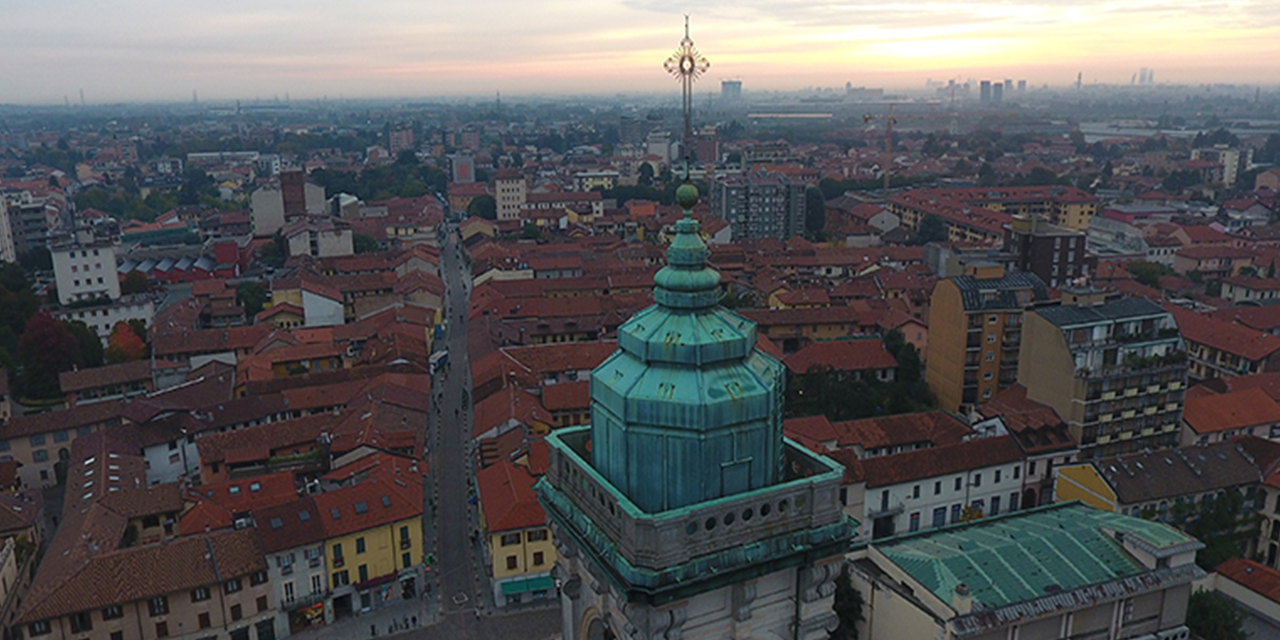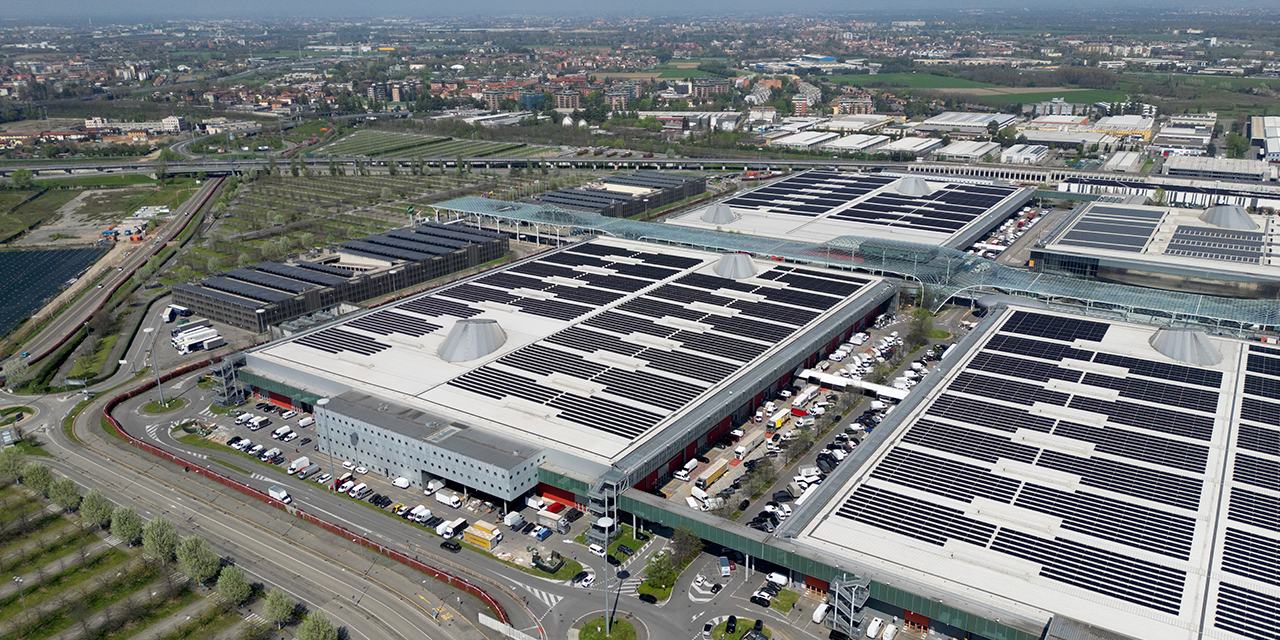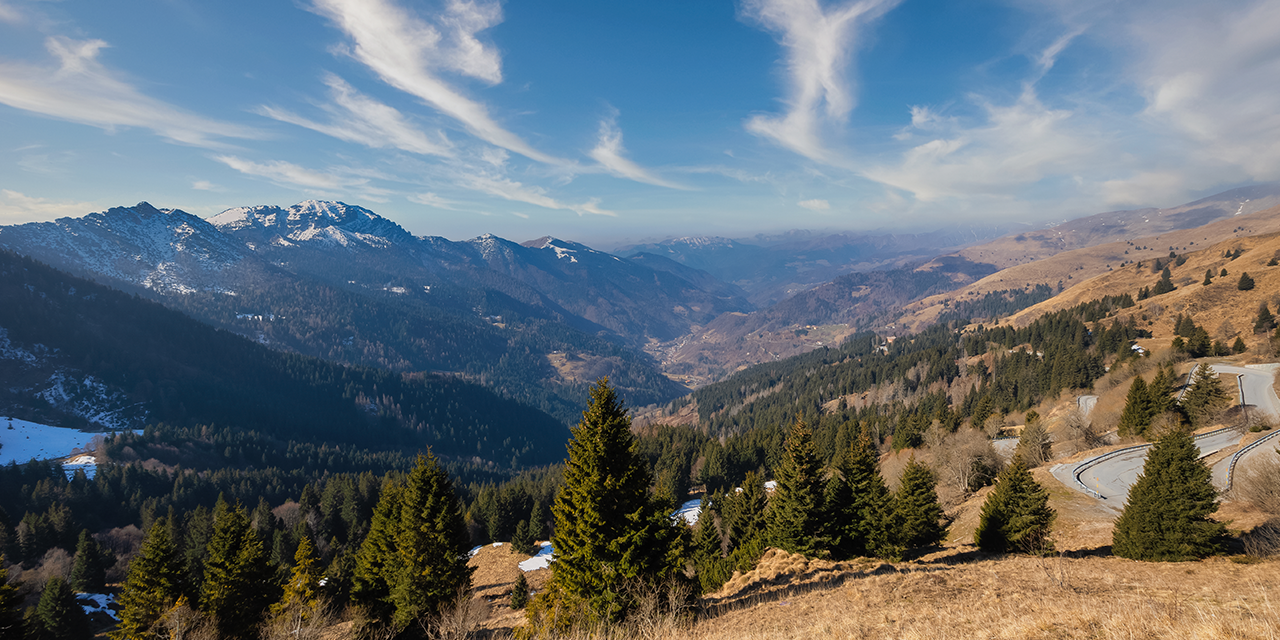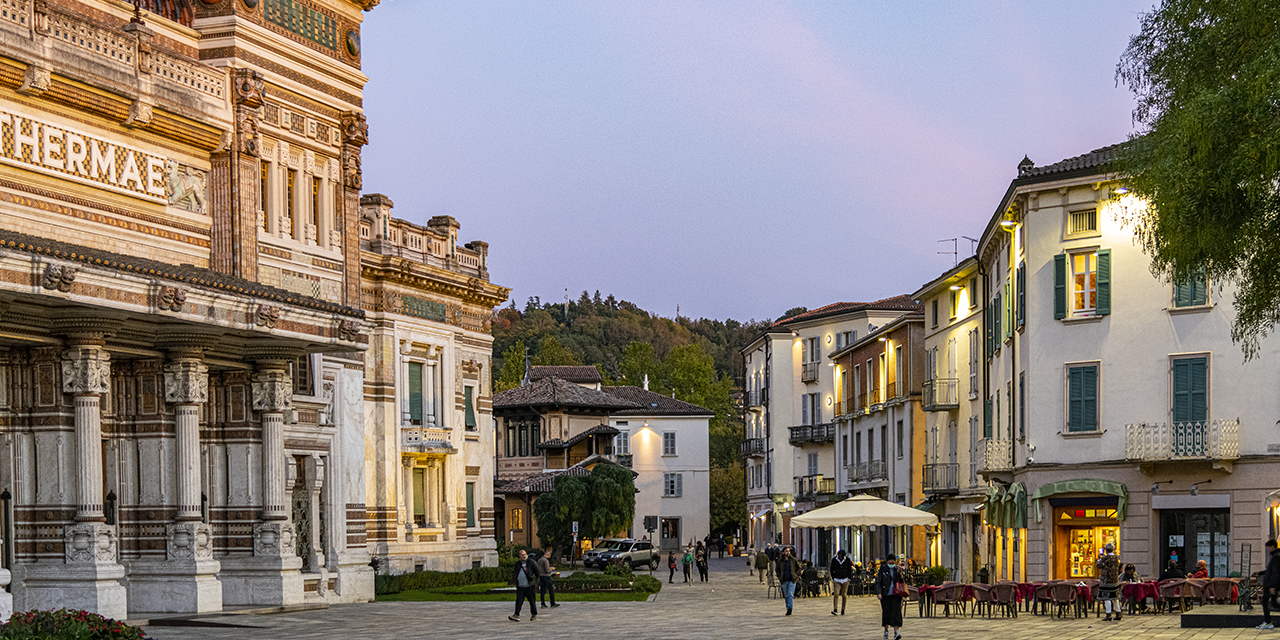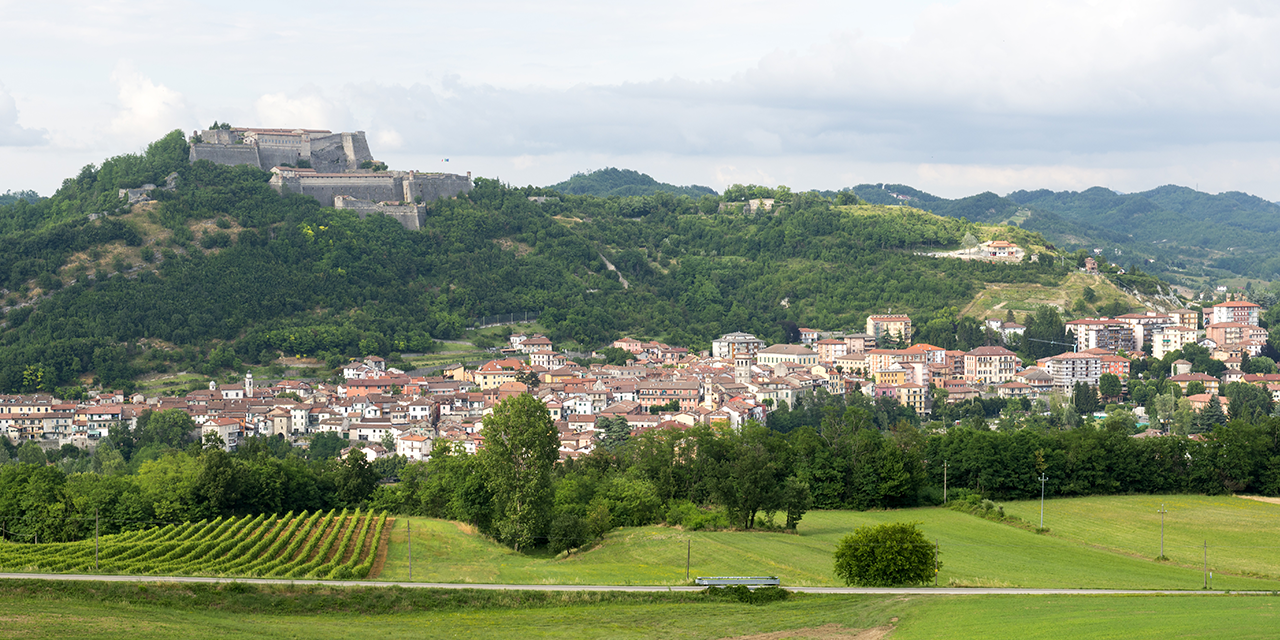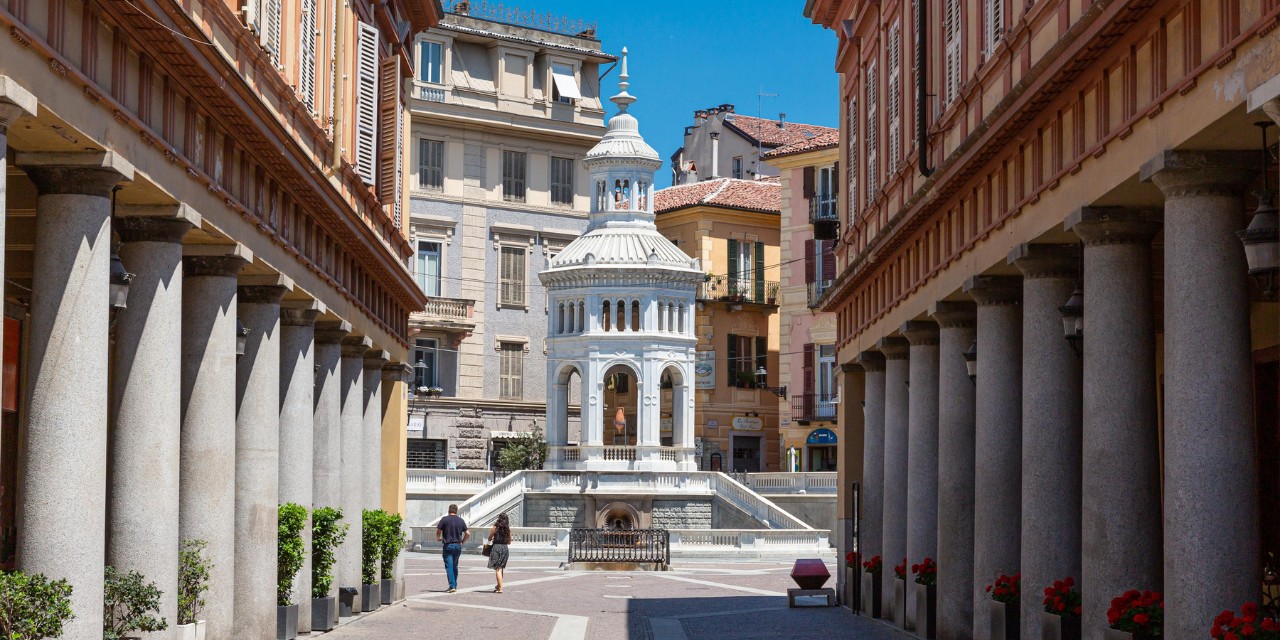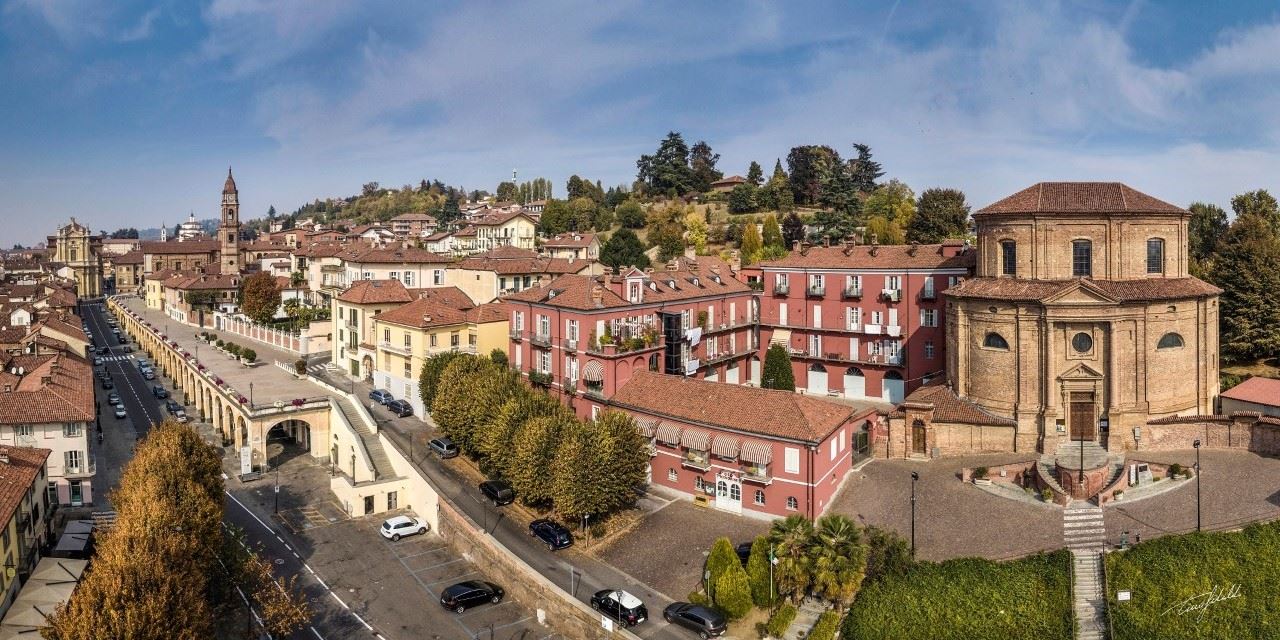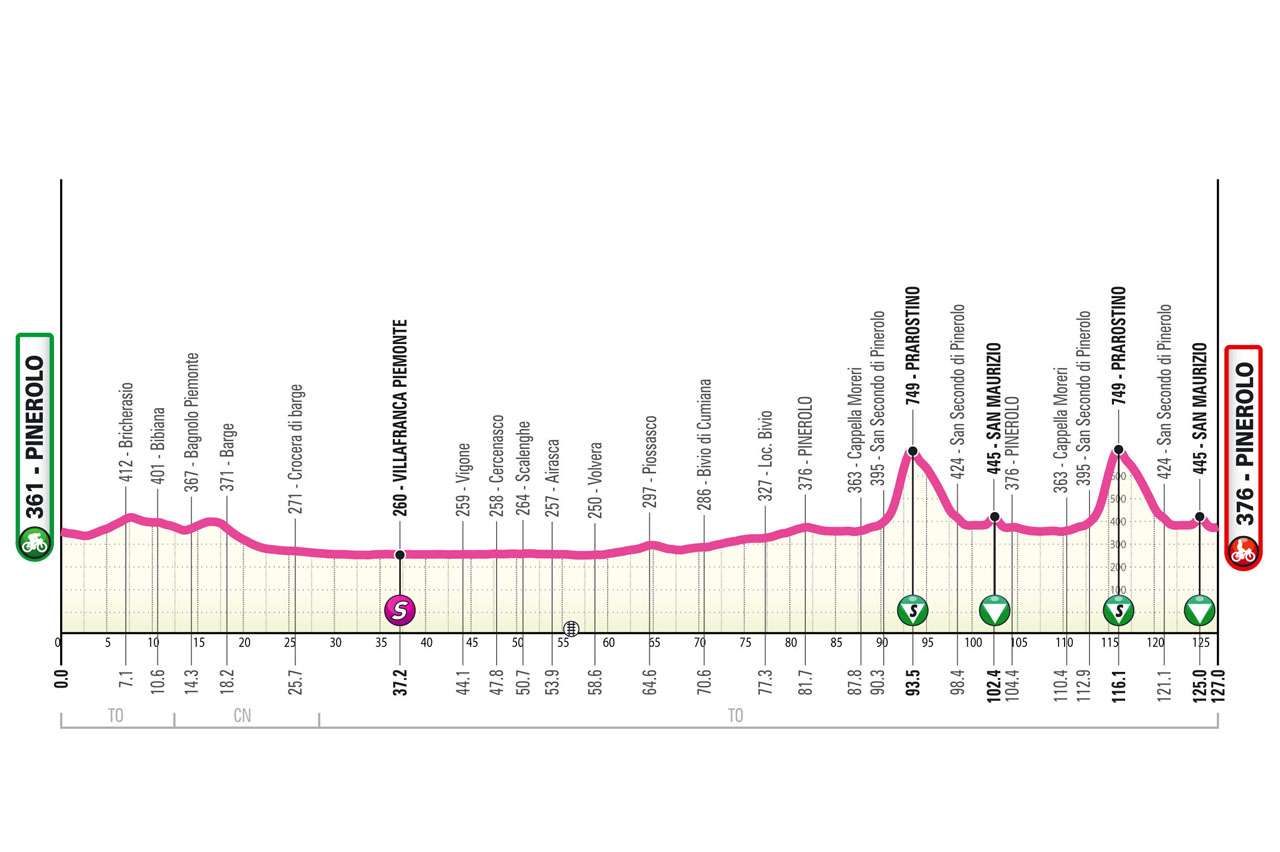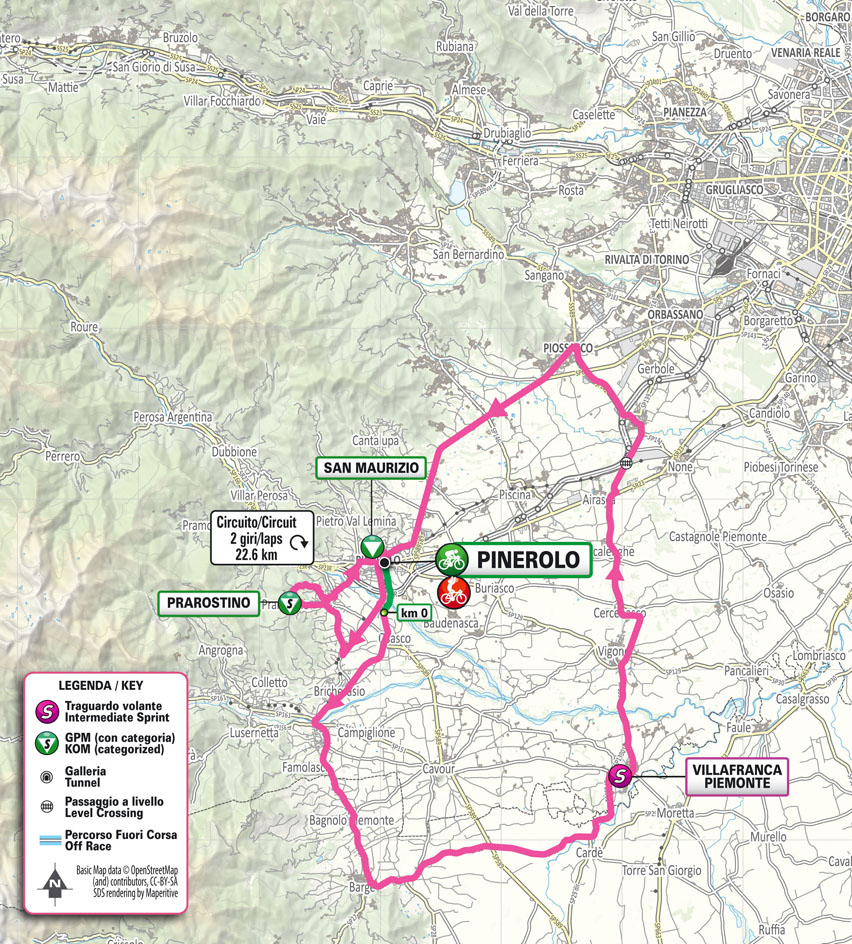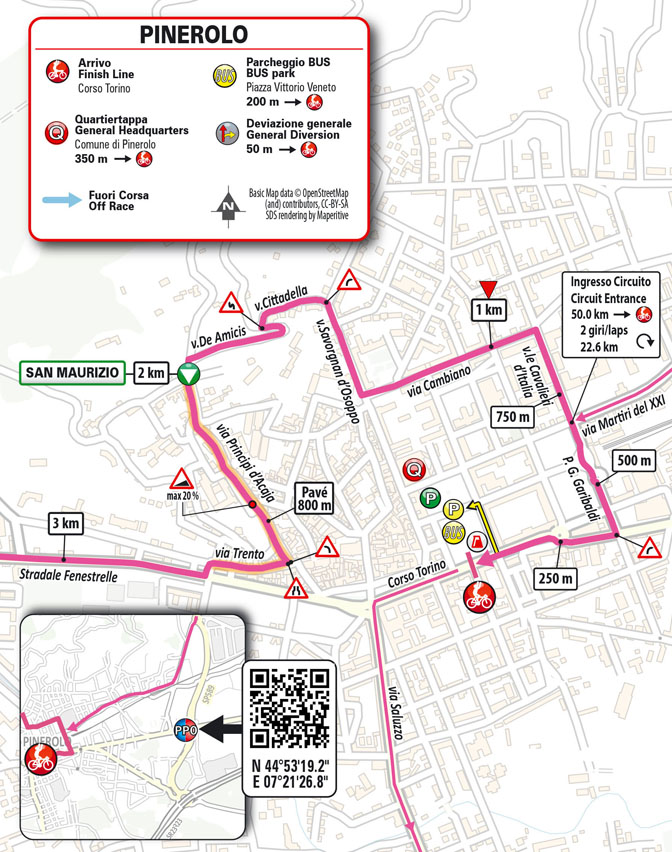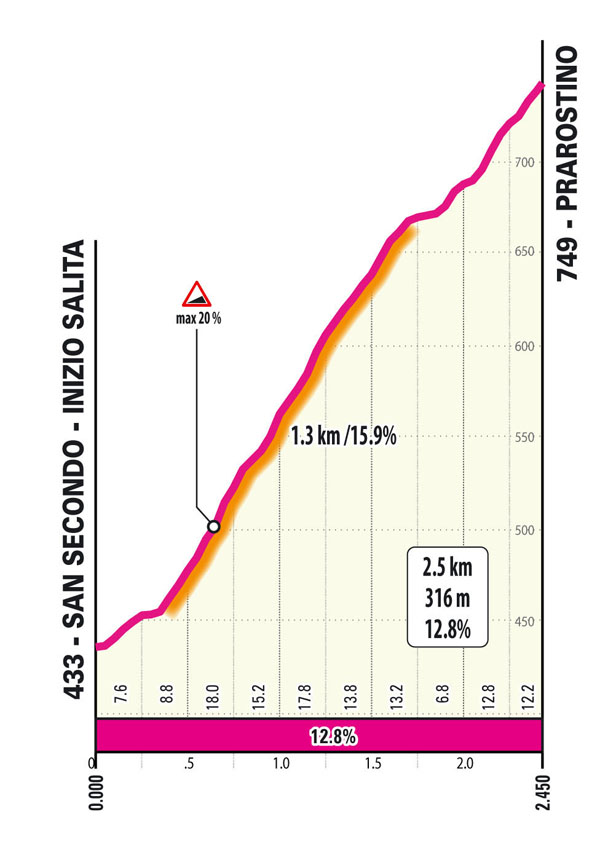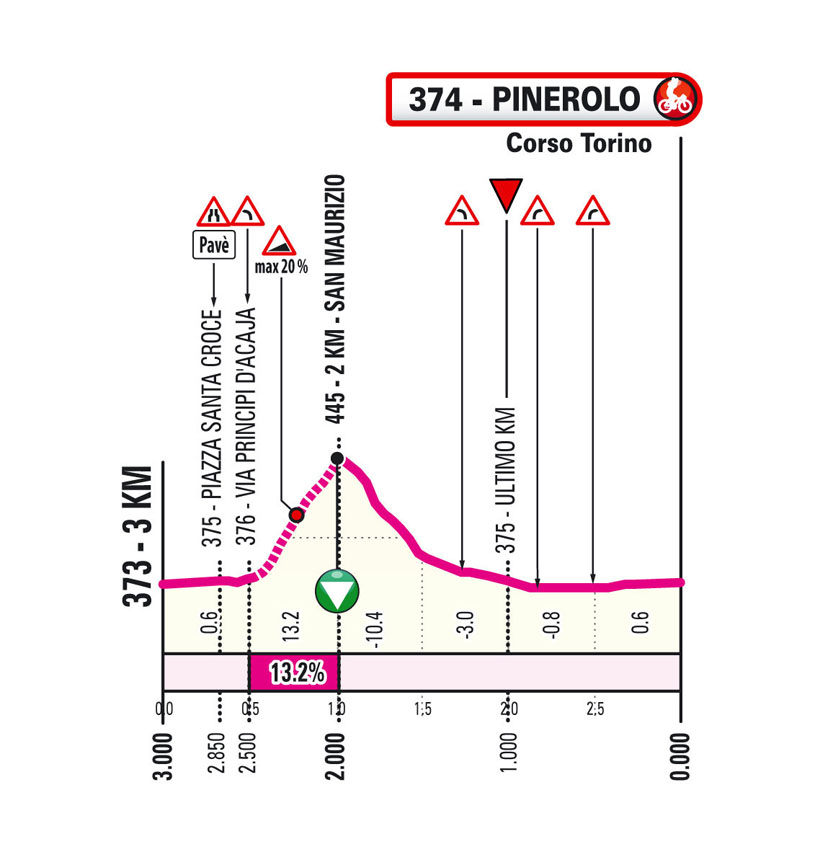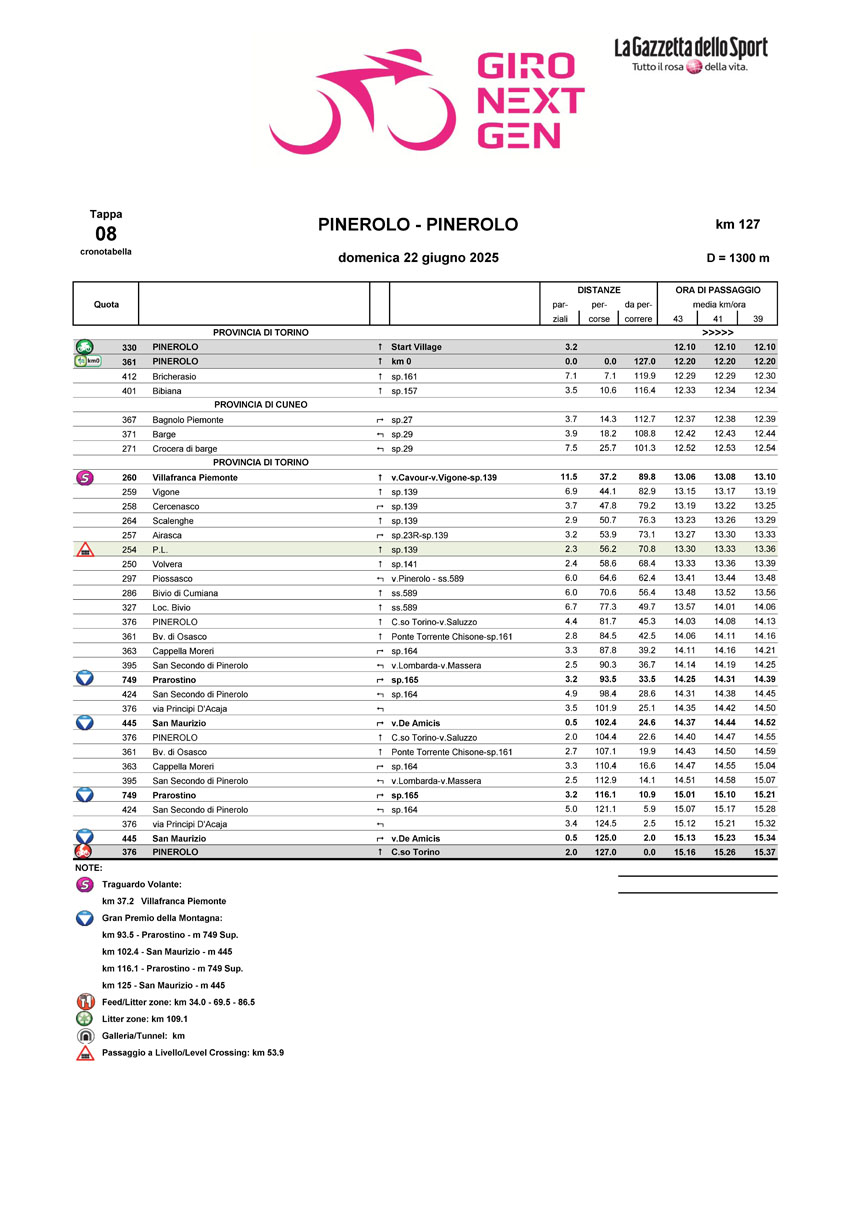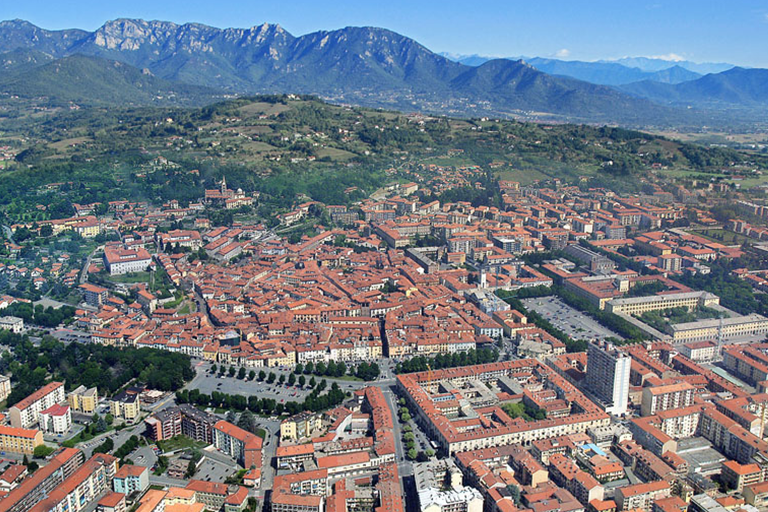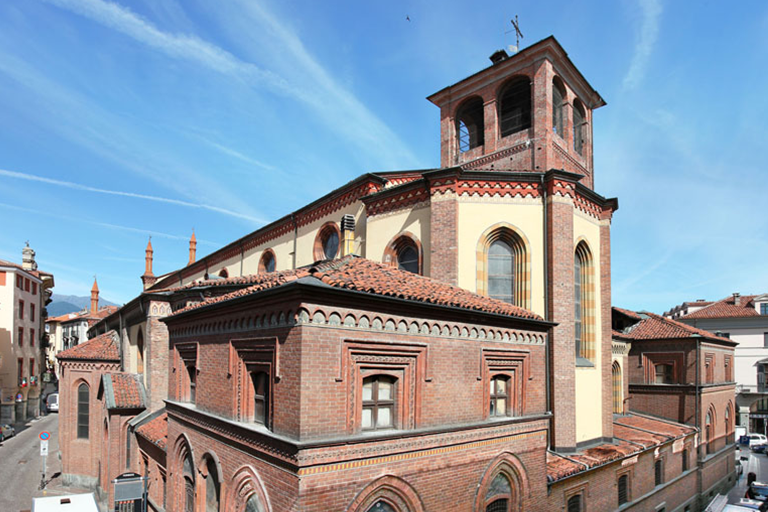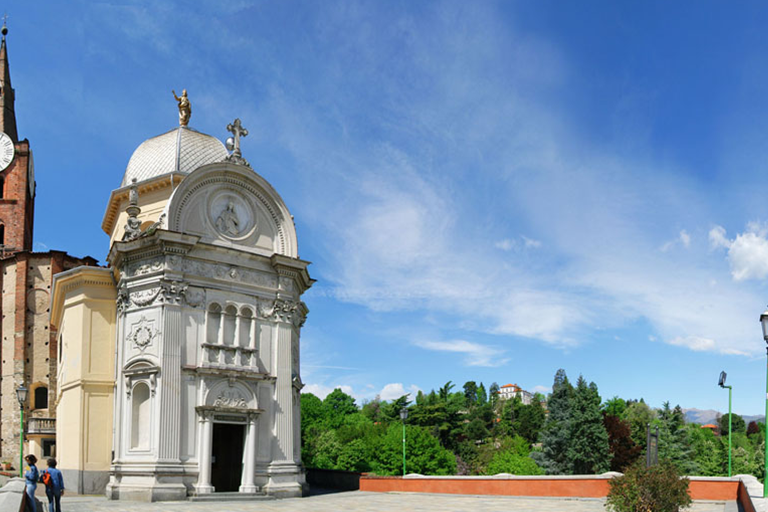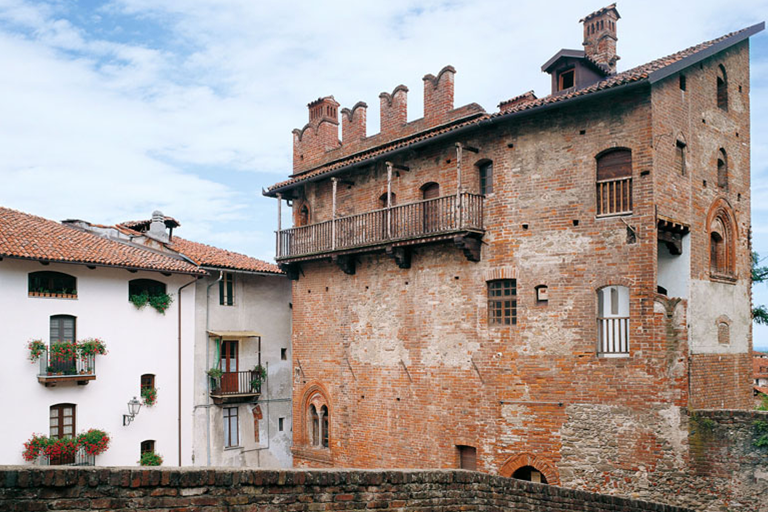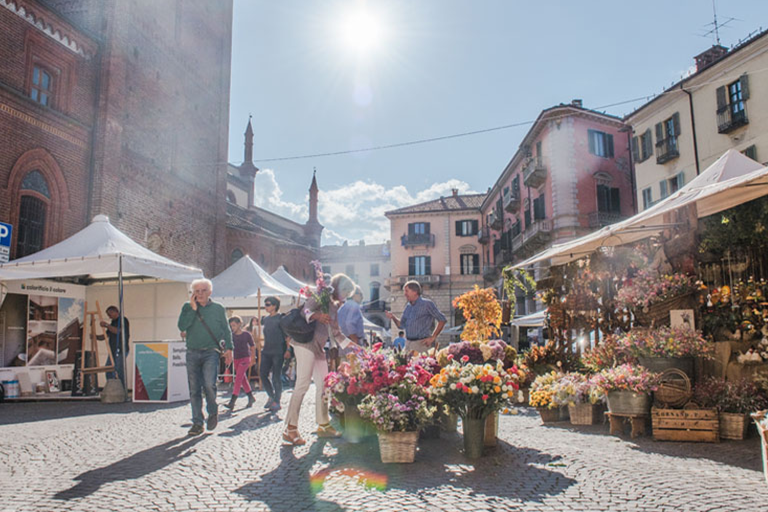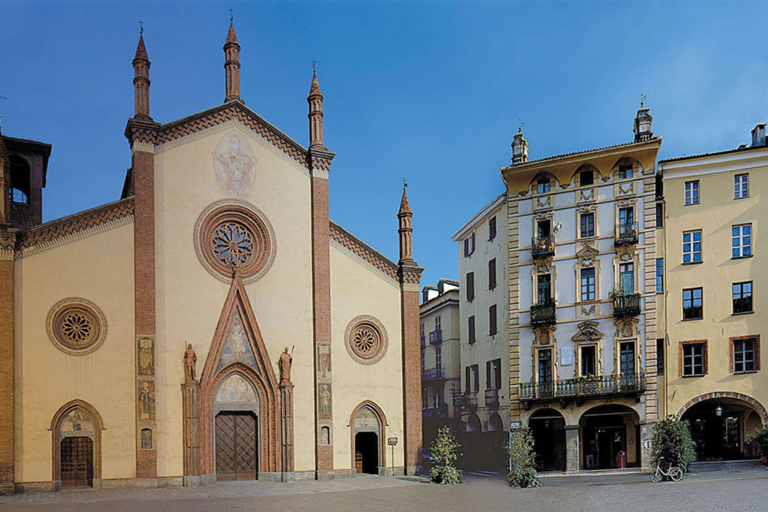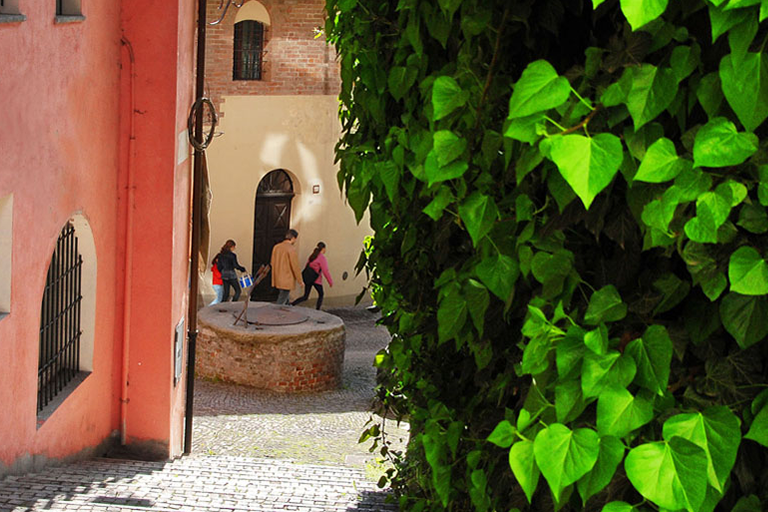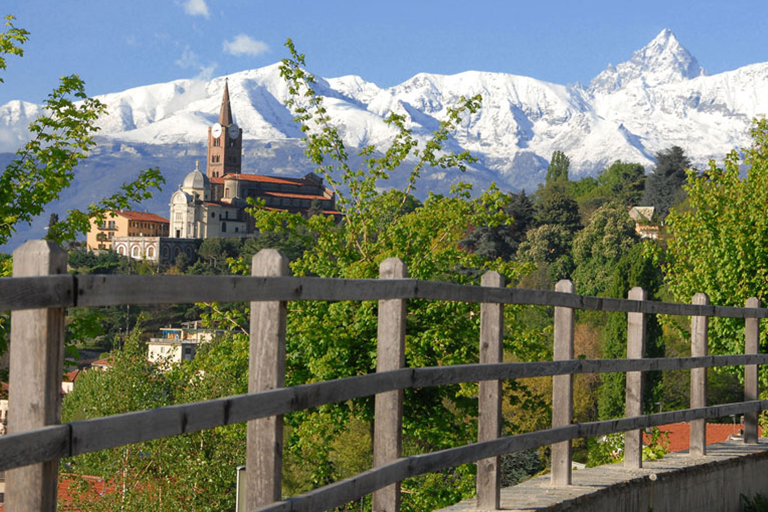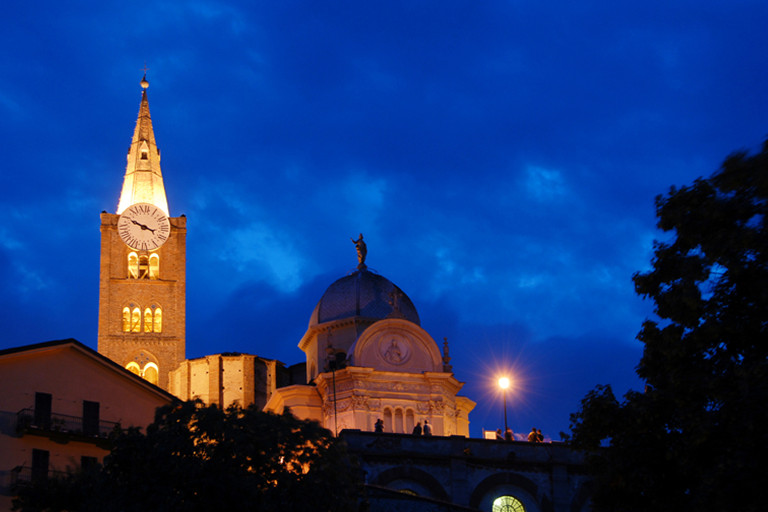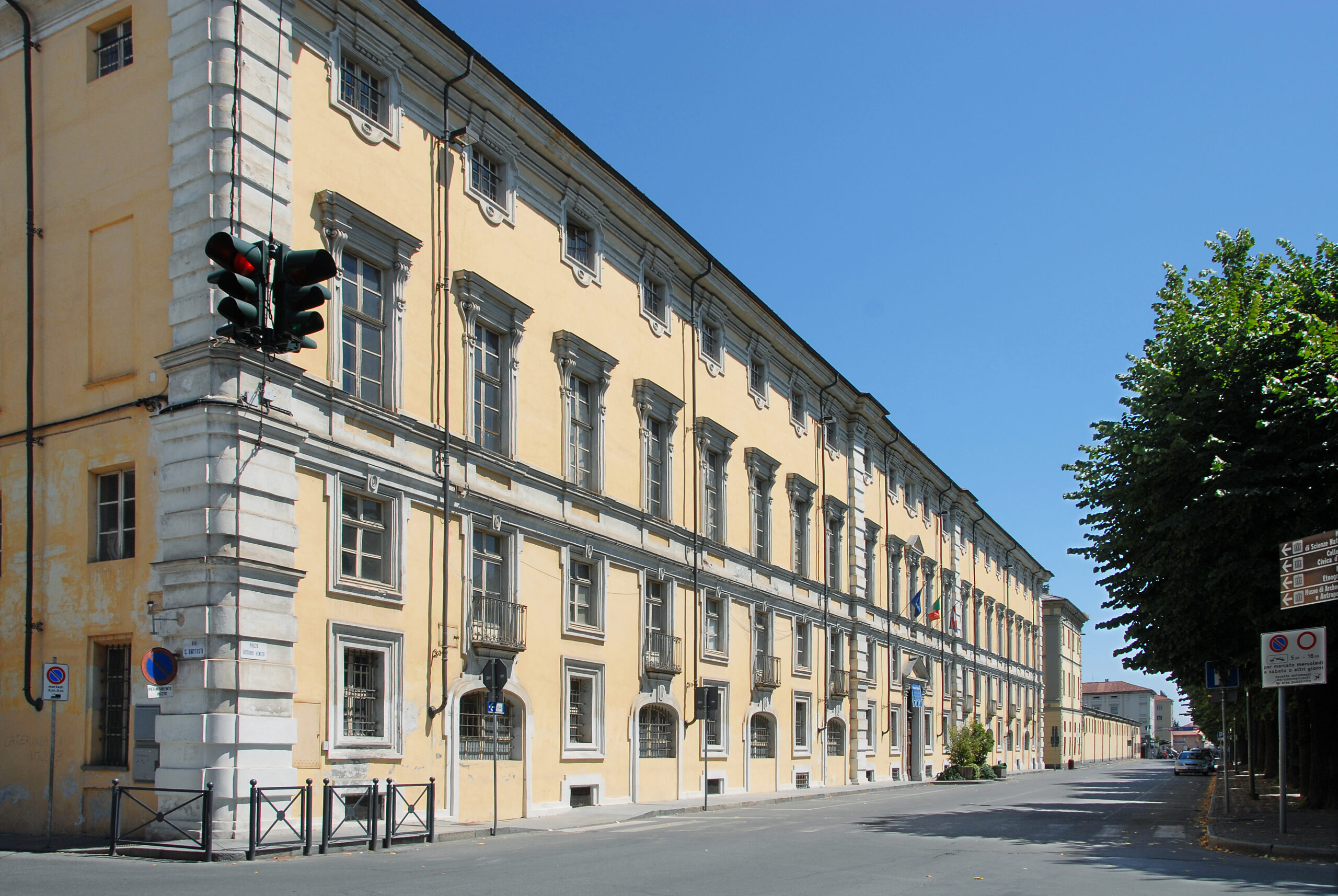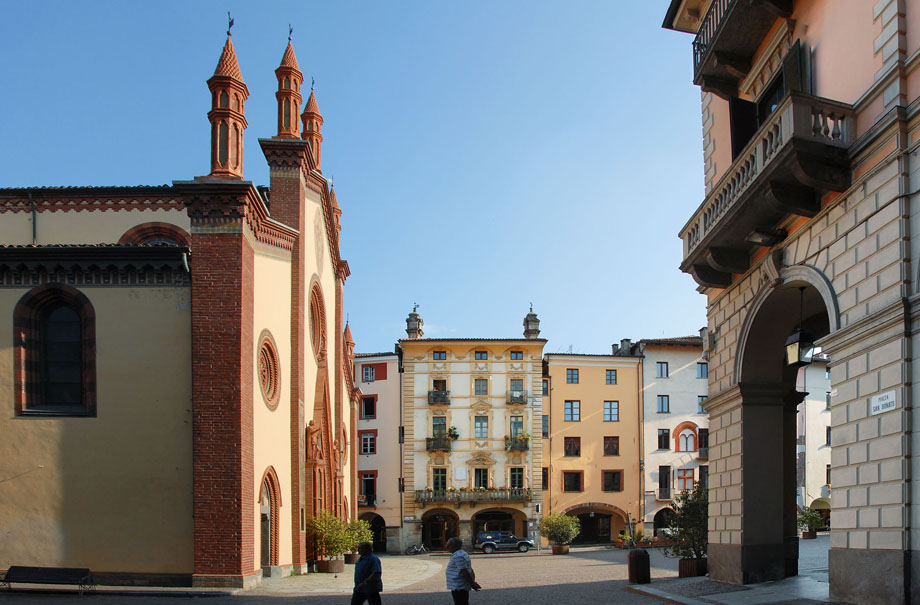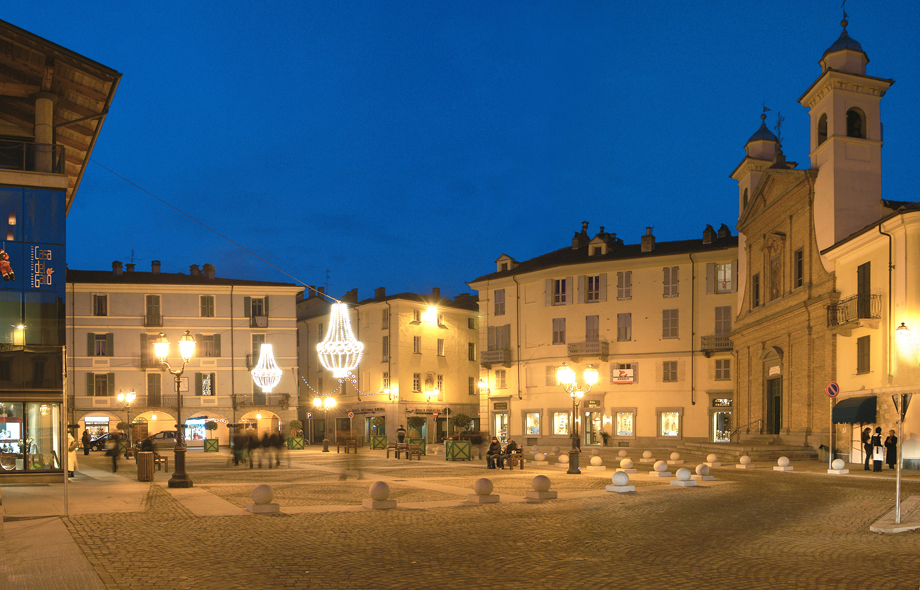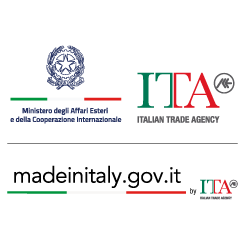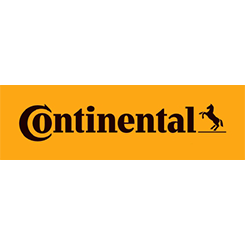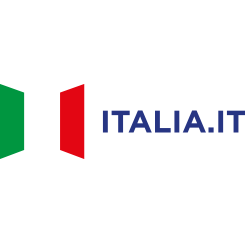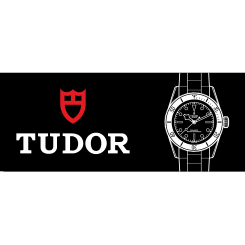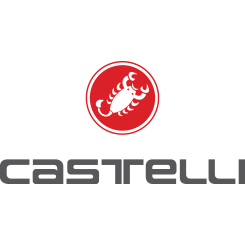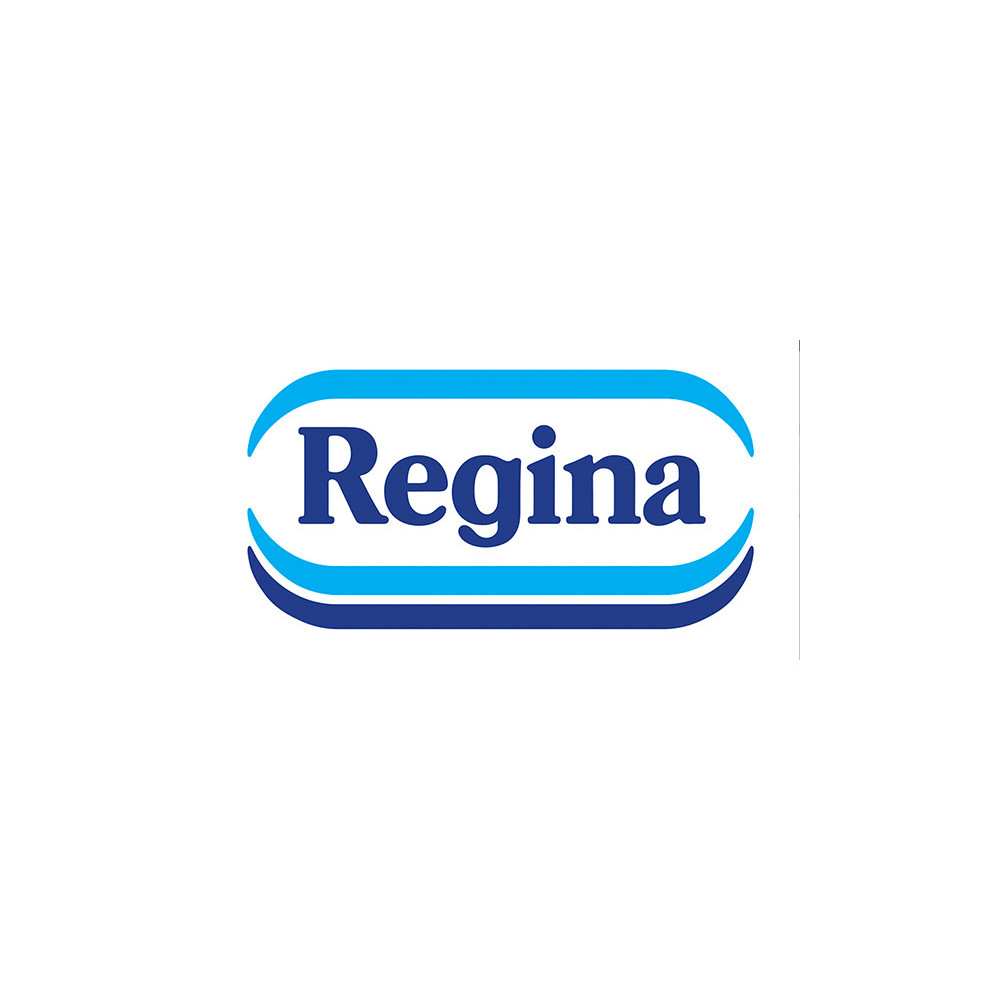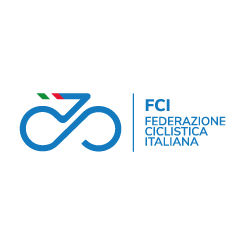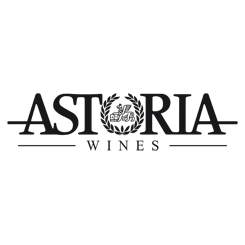Pinerolo
Overview
Pinerolo (Pinareul in Piedmontese, Pineiròl in Occitan, Pignerol in French, Pinarolium / Pinerolium in Latin) is an Italian municipality of 35 944 inhabitants of the metropolitan city of Turin.
To visit the city means to discover its medieval heart, its history of Savoy, the three French dominations until the birth of the School of Cavalry. The city, center of an area called Pinerolese, has been influenced by french culture, traditions and history. Pinerolese, that extends from Turin to France, has got a strong identity and a beautiful cultural heritage. In this area a lot of religious battles took place, whose tracks are still visible, and now different confessions coexist. During this tour you will see the most important buildings of Pinerolo and its neighborhood.
Food
Typical products: Torta Zurich, Pinerolese low panettone glazed with Piedmont hazelnut I.G.P., chocolates produced in local chocolate shops /
Cheeses: Tomino di talucco, Seirass / Le mele di Cavour Meat and sausages: mustardela. Unmissable: bagna caoda, boiled mixed Piedmontese, braised in Barolo. Typical dishes of the Waldensian cuisine: planar, capounet, cabbage leaf rolls and the lou tourtel potato omelette.
Among the first courses, the supa barbetta, with its variations, the polenta dousa and the traditional calhiettes (is of the Germanasca val) made with grated potatoes, sausage cooked in milk and onions.
Wines
Wines: Pinerolese Rosso, Pinerolese Rosato, Pinerolese Barbera, Pinerolese Bonarda, Pinerolese Freisa, Pinerolese Dolcetto, Pinerolese Doux d’Henry, Pinerolese Ramìe.
Liqueurs: Genepy.
Points of Interest
INTERESTING SITES
City Center: Pinerolo is famous for its medieval history and its legends. In the old town stones and manuscripts tell stories about important characters of the past, as Acaja, Ortensia of Piossasco and the Iron Mask. Visiting Pinerolo you can feel the medieval atmosphere, admiring ancient buildings, hidden courts and medieval houses. From Saint Donato’s Cathedral, through Via Principi D’Acaja you will reach Saint Maurice square, where you can see a beautiful view of town and plain on one side and of Waldesian Valleys on the other side.
The Pinerolese Area Militarized City, defence at the heart of a network of Fortilis surrounding ridges, Pinerolo has been for centuries a land of contention and a frontier between France and Piedmont. Iron is the element that marked this territory in the modern age: at first, the iron of cannons that shake the earth at the passage of armies conquering the city defined by Richelieu in 1630 “the door of Italy”; secondly the Iron mask, that a few decades after, a mysterious prisoner wore at the French gate. The Pinerolese has been a militarized area for long time, and then it became a land of freedom. After the Revolution and the Napoleonic campaigns in Piedmont, Pinerolo became the driving force of new ideas of freedom that were spreading throughout Europe. To visit: The Fenestrelle Fort, for its size and its development throughout the left flank of the valley, this fortress is also called “Great Piedmont Wall”; SCOPRIMINIERA E SCOPRIALPI
The Ecomuseum of Mines and Germanasca Valley, located about 70 km west of Turin; Waldensian Cultural Center Foundation: the long history of the Waldensian movement left museums, places, buildings, which highlight its historical, cultural and religious aspects. Miradolo Castle, a wonderful example of neo-Gothic residence, surrounded by a beautiful historic park of over six hectares, rich in exotic specimens and centenarians trees.
Museums of Pinerolo
– HISTORICAL MUSEUM OF CHIVALRY
– MUTUAL AID MUSEUM
– STUDIES CENTER AND PREHISTORIC ART MUSEUM
– ENPLEINAIR: CONTEMPORARY ART
– SENATO PALACE – THE “DOMA ROSSA” NECROPOLIS
– ART CIVIC COLLECTION IN VITTONE PALACE
– ETHNOGRAFIC MUSEUM OF PINEROLESE
– CIVIC DIDACTIC MUSEUM OF NATURAL SCIENCES
– DIOCESAN MUSEUM
Pinerolo
Overview
Pinerolo (Pinareul in Piedmontese, Pineiròl in Occitan, Pignerol in French, Pinarolium / Pinerolium in Latin) is an Italian municipality of 35 944 inhabitants of the metropolitan city of Turin.
To visit the city means to discover its medieval heart, its history of Savoy, the three French dominations until the birth of the School of Cavalry. The city, center of an area called Pinerolese, has been influenced by french culture, traditions and history. Pinerolese, that extends from Turin to France, has got a strong identity and a beautiful cultural heritage. In this area a lot of religious battles took place, whose tracks are still visible, and now different confessions coexist. During this tour you will see the most important buildings of Pinerolo and its neighborhood.
Food
Typical products: Torta Zurich, Pinerolese low panettone glazed with Piedmont hazelnut I.G.P., chocolates produced in local chocolate shops /
Cheeses: Tomino di talucco, Seirass / Le mele di Cavour Meat and sausages: mustardela. Unmissable: bagna caoda, boiled mixed Piedmontese, braised in Barolo. Typical dishes of the Waldensian cuisine: planar, capounet, cabbage leaf rolls and the lou tourtel potato omelette.
Among the first courses, the supa barbetta, with its variations, the polenta dousa and the traditional calhiettes (is of the Germanasca val) made with grated potatoes, sausage cooked in milk and onions.
Wines
Wines: Pinerolese Rosso, Pinerolese Rosato, Pinerolese Barbera, Pinerolese Bonarda, Pinerolese Freisa, Pinerolese Dolcetto, Pinerolese Doux d’Henry, Pinerolese Ramìe.
Liqueurs: Genepy.
Points of Interest
INTERESTING SITES
City Center: Pinerolo is famous for its medieval history and its legends. In the old town stones and manuscripts tell stories about important characters of the past, as Acaja, Ortensia of Piossasco and the Iron Mask. Visiting Pinerolo you can feel the medieval atmosphere, admiring ancient buildings, hidden courts and medieval houses. From Saint Donato’s Cathedral, through Via Principi D’Acaja you will reach Saint Maurice square, where you can see a beautiful view of town and plain on one side and of Waldesian Valleys on the other side.
The Pinerolese Area Militarized City, defence at the heart of a network of Fortilis surrounding ridges, Pinerolo has been for centuries a land of contention and a frontier between France and Piedmont. Iron is the element that marked this territory in the modern age: at first, the iron of cannons that shake the earth at the passage of armies conquering the city defined by Richelieu in 1630 “the door of Italy”; secondly the Iron mask, that a few decades after, a mysterious prisoner wore at the French gate. The Pinerolese has been a militarized area for long time, and then it became a land of freedom. After the Revolution and the Napoleonic campaigns in Piedmont, Pinerolo became the driving force of new ideas of freedom that were spreading throughout Europe. To visit: The Fenestrelle Fort, for its size and its development throughout the left flank of the valley, this fortress is also called “Great Piedmont Wall”; SCOPRIMINIERA E SCOPRIALPI
The Ecomuseum of Mines and Germanasca Valley, located about 70 km west of Turin; Waldensian Cultural Center Foundation: the long history of the Waldensian movement left museums, places, buildings, which highlight its historical, cultural and religious aspects. Miradolo Castle, a wonderful example of neo-Gothic residence, surrounded by a beautiful historic park of over six hectares, rich in exotic specimens and centenarians trees.
Museums of Pinerolo
– HISTORICAL MUSEUM OF CHIVALRY
– MUTUAL AID MUSEUM
– STUDIES CENTER AND PREHISTORIC ART MUSEUM
– ENPLEINAIR: CONTEMPORARY ART
– SENATO PALACE – THE “DOMA ROSSA” NECROPOLIS
– ART CIVIC COLLECTION IN VITTONE PALACE
– ETHNOGRAFIC MUSEUM OF PINEROLESE
– CIVIC DIDACTIC MUSEUM OF NATURAL SCIENCES
– DIOCESAN MUSEUM


